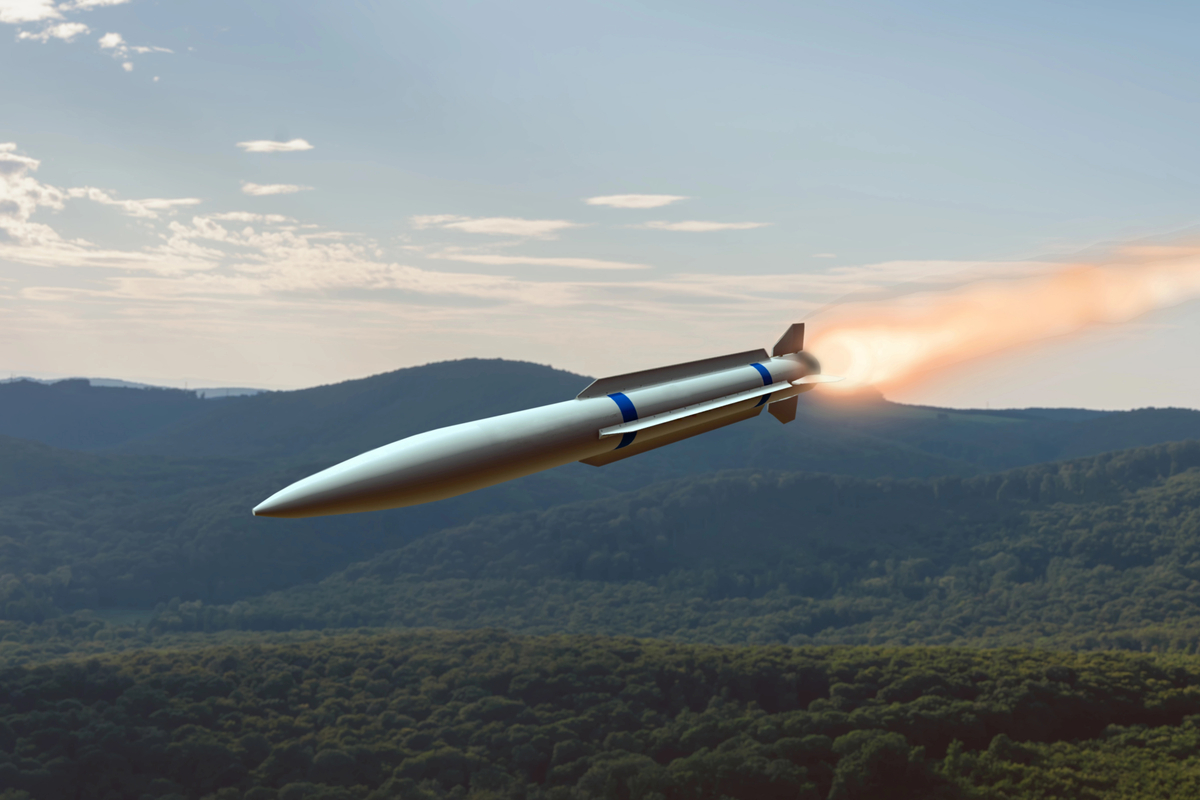Copyright kyivpost

On Oct. 26, 2025, Russian President Vladimir Putin announced the successful test of the 9M730 Burevestnik (NATO reporting name: ‘Skyfall’) – a nuclear-powered cruise missile designed for unlimited range and evasion of missile defenses. Flanked by Gen. Valery Gerasimov, Putin hailed the 14,000-kilometer (8,700-mile) Arctic flight as a milestone, echoing his 2018 unveiling of the experimental weapon as a piercer of US defenses. Putin’s bombast comes after Russia’s failed and bloody summer offensive in Ukraine; Russian casualties now approach 1.2 million, and Western sanctions and Ukrainian strikes on its energy sector are pushing the Russian economy to the brink. Putin called the Burevestnik “invincible” – but it is? Well, not so much. In reality, the Burevestnik represents a Frankensteinian folly: a revival of a doomsday concept the United States abandoned decades ago as dangerous and unworkable. At its core lies nuclear ramjet propulsion – a fission reactor that heats atmospheric air for thrust, enabling low-altitude, Mach-speed flights over intercontinental distances. Putin’s Burevestnik is a knock-off of the United States’ Project Pluto, a 1950s-era US Air Force effort to develop a Supersonic Low Altitude Missile (SLAM). To power the SLAM, engineers at California’s Lawrence Livermore Laboratory constructed lightweight reactors capable of sustained supersonic propulsion using nuclear heat. From the beginning there were problems… The unshielded design spewed lethal fission products – cesium-137, iodine-131 – through its exhaust plumes, contaminating flight paths and endangering pilots, civilians, and ecosystems. Instability compounded the perils: neutron flux corroded materials, overheating risked mid-flight meltdowns, and electronic systems malfunctioned in the radiation-bathed fuselage. Rejected as too hazardous, the US canceled the SLAM project in 1964 with good reasons. Routine operations of the platform would generate global radioactive fallout, while emerging ICBM technologies offered safer, more cost-effective alternatives. Undeterred by history or its own nuclear mishaps, Russia revived the concept in the early 2010s – a decision it may yet regret. US intelligence records at least 13 tests by 2021, with over 80 percent failing catastrophically. Putin’s “invincible” Burevestnik missiles exploded on launch rails, scattering fissile materials and reactor fragments, injuring scientists and technicians. Discovering anew what America learned in the 1950s, Putin’s nuclear-powered missiles veered out of control and ditched after propulsion faltered, their reactors destabilized by imprecise neutron moderation and fuel inefficiencies. Half a dozen teetering Burevestnik missiles departed from controlled flight and slammed into the White Sea as airborne meltdowns. All of these flight failures released radiation, dispersing tritium and cesium across the region, fouling air, water, sea ice, and fisheries. Moscow’s secrecy has stonewalled data on these environmental catastrophes, hindering mitigation and amplifying threats to marine ecosystems and indigenous communities. The Burevestnik program’s crowning catastrophe came on Aug. 8, 2019, at the Nyonoksa range on the White Sea. During an effort to lift a crashed and submerged prototype from the sea floor, a liquid-fueled booster connected to the nuclear core detonated when it came into contact with the atmosphere The blast killed five Rosatom technicians instantly, their bodies irretrievably contaminated. Three others perished en route to Moscow from acute radiation syndrome: grisly symptoms included gastrointestinal hemorrhage and dermal necrosis. Each died after multi-organ failure from doses exceeding 10 Grays – approximately three times the lethal dose of ionizing radiation for the average human. Six more exposed personnel suffered severe radiation sickness, enduring burns and nausea. Russian first responders and medics, uninformed of the nuclear accident, faced secondary exposure, reporting elevated white blood cell counts and heightened carcinogenic risks. Fallout from the 2019 dispersed strontium-91, barium-140, and lanthanum-140 isotopes, spiking gamma radiation in Severodvinsk – 30 kilometers (19 miles) distant – to 1.78 Micro Sieverts per hour, a 16-fold surge persisting for hours and prompting evacuations of 20,000 Russian civilians. The radioactive plume then drifted 500 miles to Norway, settling in White Sea sediments and triggering bans on shellfish harvesting. Cleanup unearthed hundreds of pieces of irradiated debris, endangering first responders, exposed persons and ecosystems for months. Nor has the harm concluded: ongoing monitoring shows elevated leukemia rates among test range personnel and civilian evacuees. Burevestnik is nothing but doomsday theater – more saber-rattling from an increasingly rattled Putin. Dressed incongruously in Russian military battle dress, the Russian president declared that the October test of his dangerous toy was a success. Independent verification remains elusive, but Western analysts believe this marks the first – and perhaps only – successful launch of the Burevestnik system. In a desperate bid to project power amid mounting battlefield defeats and economic isolation, Russia has grown perilously irresponsible, resurrecting this Frankenstein’s monster at the cost of lives and legacies. Experts caution that the unshielded design is unworkable. It can never be made entirely reliable or safe and continued flight testing will result in widespread radiological contamination, breaching nuclear treaties and risking ecological disasters. The Burevestnik is not a strategic asset but a useless, dangerous, and deadly stunt – its very flight path a toxic scar on the fragile Arctic environment, where melting ice amplifies radionuclide spread to global currents. Far beyond regional fallout, this weapon erodes the fragile architecture of international peace, tempting escalation in an already volatile world and inviting catastrophes for all nations. Urgent global diplomacy must confront this recklessness, lest Putin’s hubris unravels the stability that safeguards humanity. The views expressed in this opinion article are the author’s and not necessarily those of Kyiv Post.



